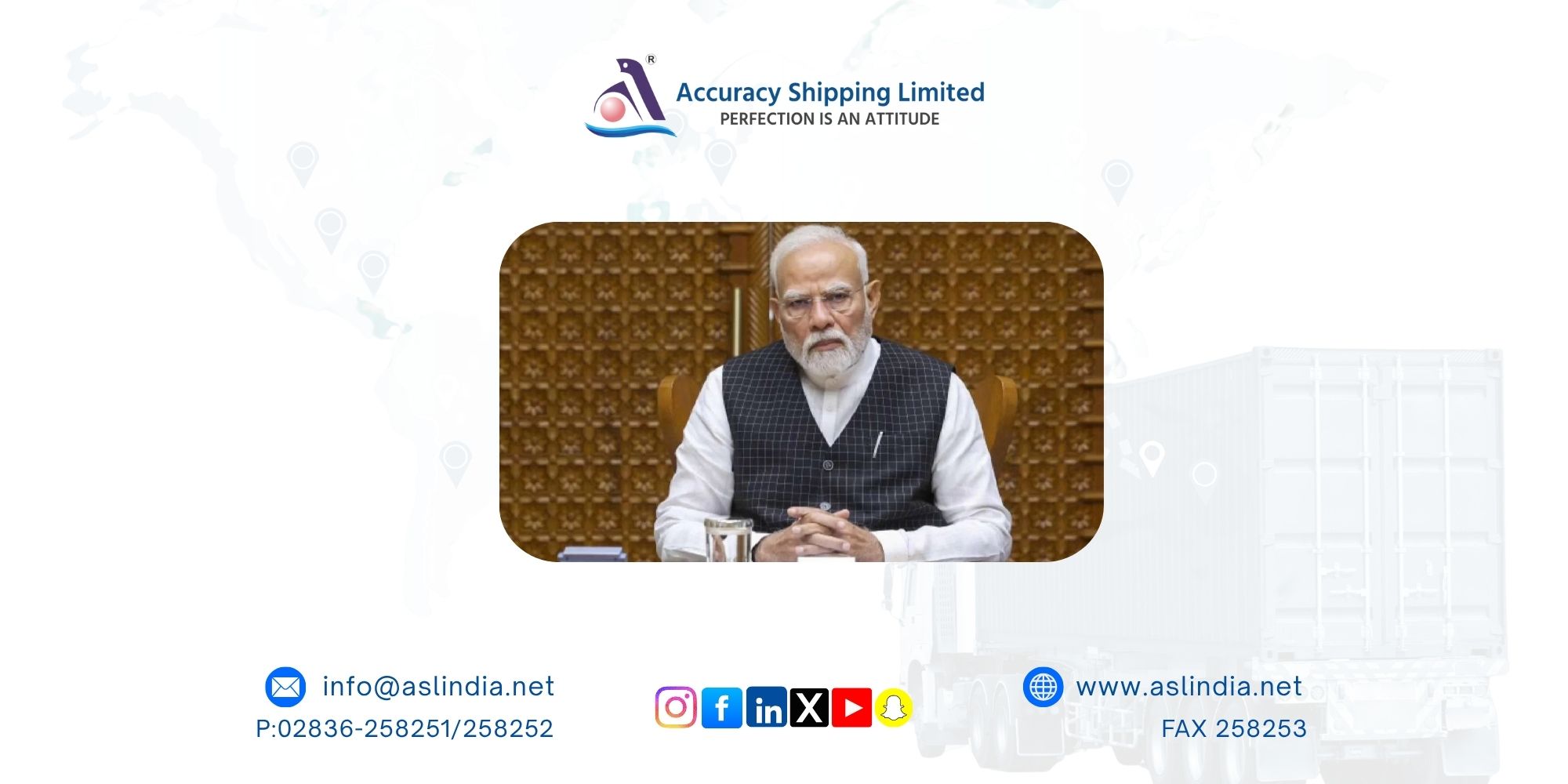Latest in Trump tariffs may hit India severely: 200% on medicines, 50% on copper

The escalating trade tensions between the United States and major global economies have once again put India in a precarious position. In a fresh round of tariff announcements, US President Donald Trump has proposed aggressive levies targeting Indian exports especially in critical sectors like pharmaceuticals and copper. This latest salvo in his ongoing tariff strategy could have far-reaching economic consequences for India, whose trade with the US has grown significantly in recent years.
Trump Targets Pharma and Copper Sectors
India’s pharmaceutical exports to the US are a cornerstone of its international trade, valued at a staggering $9.8 billion in FY 2024–25 an increase of over 20% from the previous year. The US currently accounts for nearly 40% of India’s total pharma exports, making it a crucial market for Indian manufacturers, especially those based in Himachal Pradesh and Telangana. However, President Trump’s latest proposal includes a potential 200% tariff on pharmaceuticals, a move he said could be enforced after a year’s wait, giving non-US manufacturers time to “get their act together.”
“If they have to bring the pharmaceuticals into the country… they’re going to be tariffed at a very, very high rate, like 200 per cent,” Trump remarked, signaling a significant shift in US trade policy towards imported medicines.
On the other hand, copper, another important Indian export to the US, is facing a proposed 50% tariff. With exports worth $2 billion in 2024–25, India sent about $360 million worth of copper to the US, accounting for nearly 17% of the total. Copper plays a key role in technology, construction, and infrastructure sectors, and the hike in tariffs could severely impact Indian exporters and industries reliant on this trade route.
India Hopes for a Trade Deal
In response to these developments, India remains hopeful of securing a trade deal with the US that could offset or eliminate some of the proposed levies. According to official sources, negotiations have been ongoing for several weeks, and Indian policymakers are pushing to safeguard critical export sectors through diplomatic channels.
The Indian government views this potential agreement as a way to mitigate the damage from the tariffs, particularly given the strong bilateral trade relationship that both countries have fostered in recent years.
Trump’s Renewed Attack on BRICS
In a broader geopolitical statement, President Trump once again criticized the BRICS alliance, which now includes 11 member countries Brazil, Russia, India, China, and South Africa being the founding members, along with Egypt, Ethiopia, Iran, Saudi Arabia, the UAE, and Indonesia. Trump accused the group of attempting to “hurt” the US and “degenerate” the dollar, and announced a 10% tariff on all BRICS member countries, suggesting that the alliance was engaging in anti-US economic behavior.
“That is okay if they want to play their game, I can play their game too. So anybody that is in BRICS is getting a 10 per cent charge,” Trump said.
Immediate Impact and Outlook
While the 200% pharmaceutical tariff is expected to be delayed by up to a year, tariffs on copper and the broader BRICS countries may come into effect as early as August 1. The move is likely to prompt reevaluation of export strategies by Indian businesses and raise the cost of doing business in the American market.
As the world watches how this trade standoff evolves, India's diplomatic and trade negotiators are under pressure to strike a deal that protects the country’s vital exports. In an increasingly multipolar trade landscape, India must now balance its economic interests while navigating the unpredictable currents of global geopolitics.







